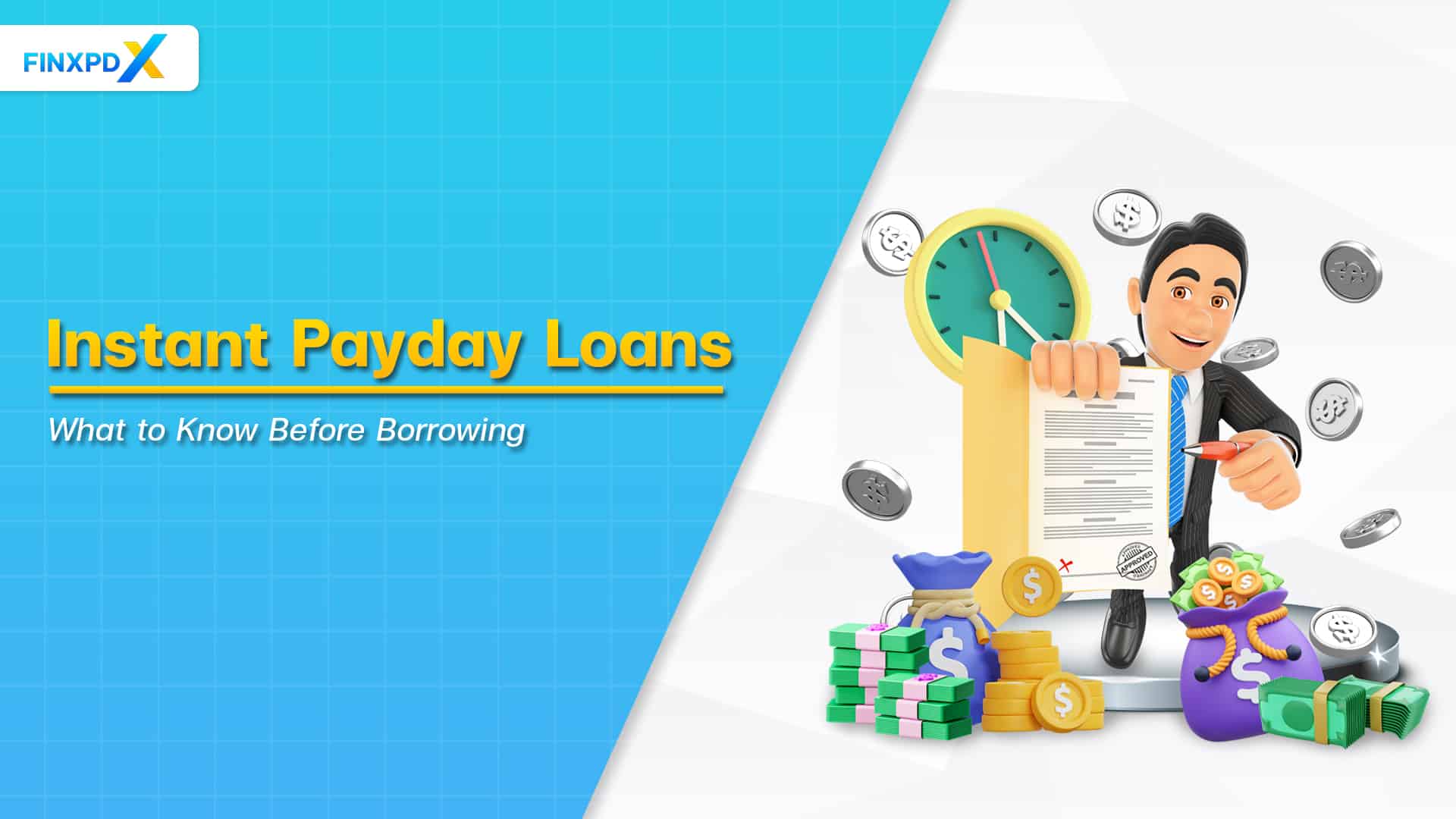When it comes to loans and financial transactions, whether you are borrowing money for a home, a car, or any other purpose, the principal amount plays a main role in your loan process and the total you’ll pay in the end.
In this article, we’ll explore the meaning, how to calculate it, and its significant impact on monthly installments. We’ll also provide some valuable tips for effectively managing your financial plan.
Key Takeaways
- The principal amount represents the initial sum borrowed or invested before interest and additional charges.
- The principal amount directly impacts monthly installments, with initial payments going to interest and later reducing the actual loan.
- Understanding the principal amount is essential for informed financial decisions, enabling savings, faster debt repayment, and financial control.
What Is the Principal Amount?
The principal amount, often simply referred to as “principal”, is the initial sum of money that is borrowed or invested. It is the core amount for which interest is calculated, and it represents the original loan or investment amount before any interest or additional fees are added.
How to Calculate the Principal Amount
To calculate this amount is relatively straightforward, especially when you have all the necessary information. You can use the following formula:
Principal Amount = Total Loan Amount / (1 + Interest Rate/100)
For example, if you borrow $10,000 with an interest rate of 5%, the calculation would be:

In this example, the principal amount is $9,523.81, which is the initial part you borrowed before interest accrues.
The Impact of Principal Amount on Monthly Installments
The principal amount has a direct impact on the monthly installments you’ll need to pay. In most loan agreements, your monthly payment is calculated to cover both the interest and a portion of the principal.
Initially, a larger portion of your monthly payment goes toward paying off the interest, while a smaller portion goes toward reducing the principal.
As you continue making payments over time, the principal balance decreases, as well as the interest you owe. When the total interest paid over the life of the loan decreases, you can pay off the loan faster.
Tips for Effectively Managing Principal Amount
1. Making Extra Payments
Consider making extra payments toward the principal amount if possible. This can help you reduce the overall interest paid and pay off the loan more quickly.
2. Refinancing
Explore refinancing options to secure a lower interest rate, which can reduce your monthly payments and allow you to allocate more towards the principal.
3. Biweekly Payments
Split your monthly payments into biweekly payments. Over time, this can result in an extra payment each year, speeding up the process of paying off your loan balance.
4. Prioritizing High-Interest Loans
Focus on paying off the one with the highest interest rate first if you have multiple loans. This can help you reduce the overall interest burden.
Conclusion
Understanding the principal amount is essential when dealing with loans and investments. It is the basis for calculating interest, and it directly impacts your monthly installments.
You can save money and pay off your loans faster by managing your principal amount through strategies like making extra payments, refinancing, biweekly payments, and prioritizing high-Interest loans. This knowledge enhances you to make informed financial decisions and take control of your financial future.
FAQs
It is the initial sum of money borrowed or invested before any additional fees are added.
You can calculate it using the formula: Total Loan Amount / (1 + Interest Rate/100)
It can determine the core amount that needs to be repaid and affects the total interest paid on a loan, or the potential returns on an investment.
It directly impacts your monthly loan installments, with a larger principal resulting in higher monthly payments initially.
In most loan agreements, this amount remains fixed, but it decreases as you make payments. This can reduce the interest accrued over time.
Related Articles:
- Gross Salary: What Is It and How to Calculate?
- Cost of Capital: What Is It & How to Calculate?
- Fund Flow Statement: The Ultimate Guide for Beginners
Read more: Funds & Loans








